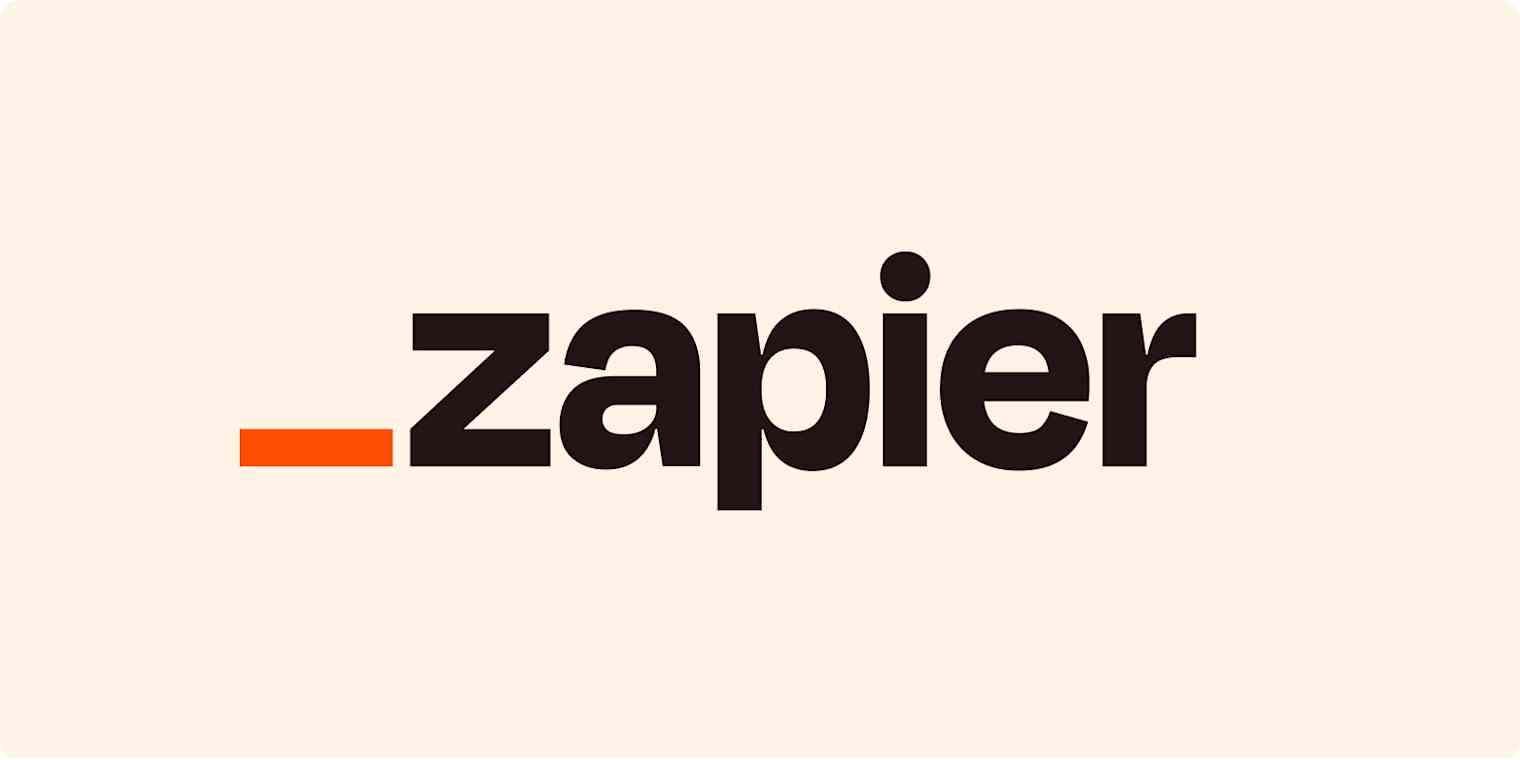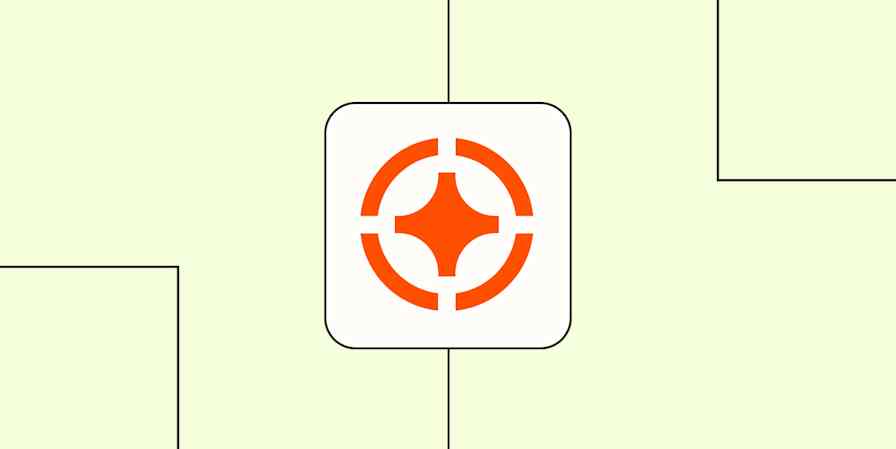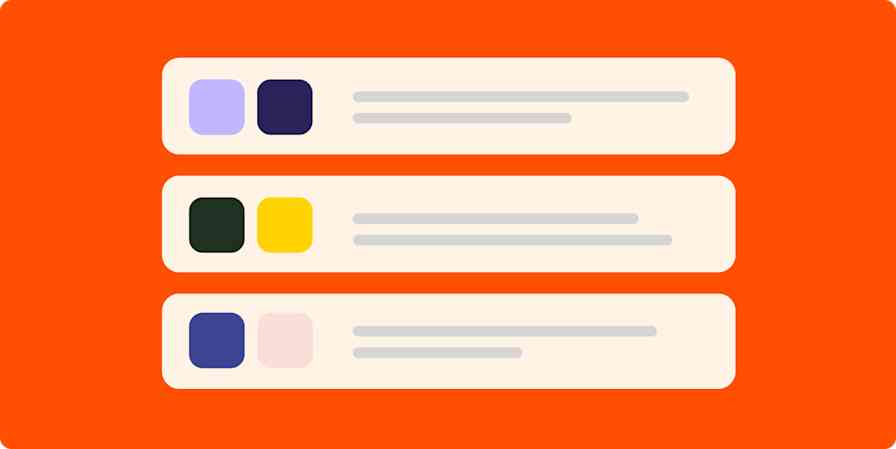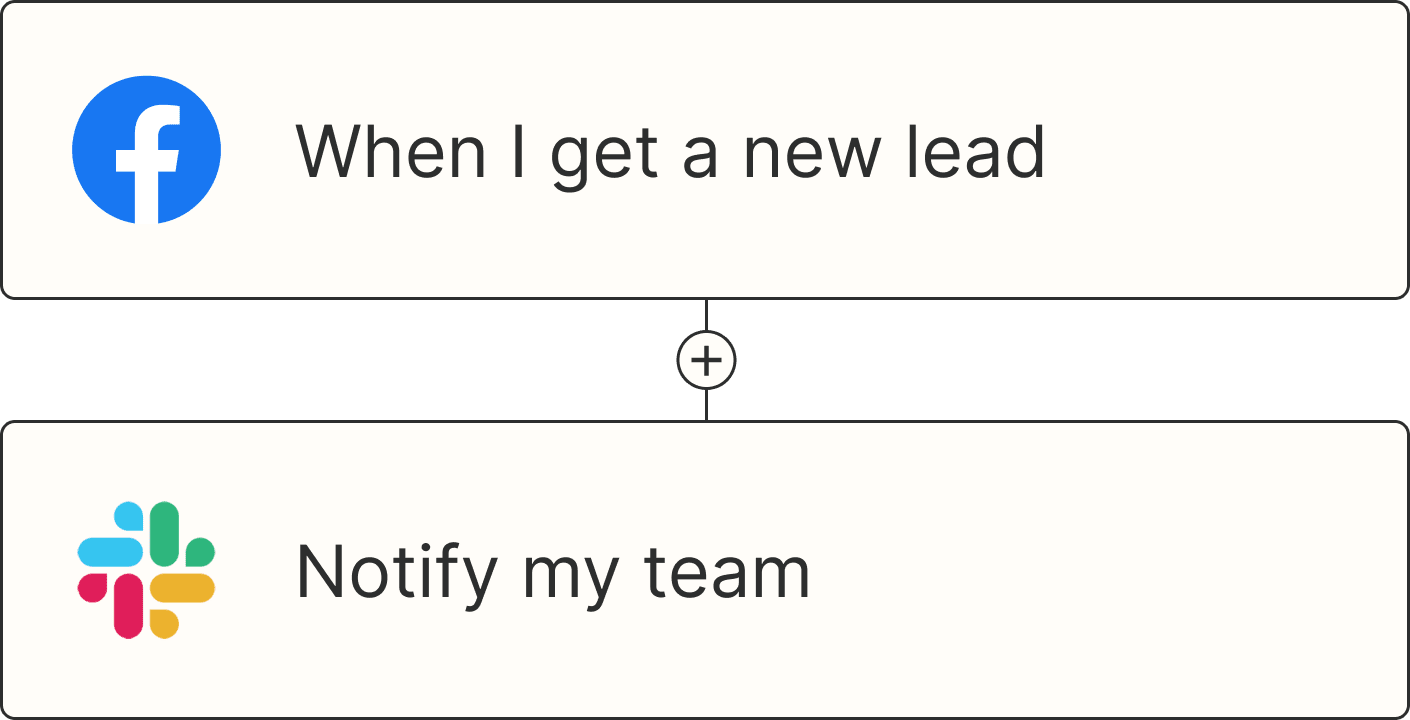At Zapier, we believe the future of work is AI-powered—and that future is already here.
Earlier this year, we shared our AI adoption playbook, which showed that 89% of the Zapier team is already using AI in their daily work. That number has since climbed to 97%, underscoring how deeply AI has become integral to how we operate. But to make that transformation sustainable, we have to start at the beginning: how we hire and onboard people into Zapier to build this future with us.
That's why our Talent Acquisition (TA) and Learning & Development (L&D) teams are revamping many of our talent practices to be AI-first. Here's an inside look.
AI fluency: Now a requirement for all new hires
Starting immediately, all new Zapier hires are expected to meet a minimum standard for AI fluency. That doesn't mean deep technical expertise in every case—but it does mean showing a mindset of curiosity toward AI, a demonstrated willingness to experiment with it, and an ability to think strategically about how AI can amplify their work.
We're upgrading our application process, recruiter screens, and interviews to reflect this. We're also updating our skills assessments—starting with technical roles and expanding across the company—to better evaluate AI fluency in real-world contexts.
Every Zapier applicant will have access to AI training materials and transparent guidance. We want everyone to have an opportunity to meet our AI fluency bar.
How we measure AI fluency at Zapier
We map skills across four levels, keeping in mind that AI skills vary and are heavily role-specific.

Unacceptable: Resistant to AI tools or skeptical of value—for example, they're skeptical about how AI can improve productivity.
Capable: Early user of AI tools—for example, they've used one or more AI tools with purpose for personal or professional goals.
Adoptive: Builds and iterates with AI to augment daily work—for example, they can clearly explain how AI improves their work outcomes or productivity.
Transformative: Leads AI strategy, scales enablement, and rethinks workflows—for example, they prioritize AI-first solutions when addressing issues.
Here are a few concrete examples of what we look for to assess an applicant's AI fluency, broken down by role.
Engineering
Product
Support
People/HR
Marketing
It's not a one-and-done assessment, either. We've built in four consistent moments across the candidate journey to measure AI fluency.
Application: Candidates can answer an optional question about how they currently use AI in their work or personal life. These responses allow our team to quickly highlight standout candidates to hiring managers.
Initial screen: During the first interview, we ask candidates about their current AI usage to gauge signs of willingness, curiosity, and experimentation—for example, "How do you currently use AI in your daily work?" Or "Can you share an example of a process or program you've built using AI?"
Skills test: Depending on the role, candidates complete assessments that evaluate AI mindset, strategy, and tool usage in real-world, role-specific contexts.
Executive interview: The final interview includes questions to assess candidates' mindset and strategic thinking, and to confirm that they meet our minimum AI fluency bar.
Evaluating AI skills through screenings, async exercises, and live interviews allows AI fluency signals to compound across stages.
Redesigning onboarding: Every Zapier teammate as a builder
Our L&D team is reimagining onboarding from the ground up, with an emphasis on building, not just learning. Every new hire will learn how to use Zapier as well as our savviest enterprise customers can: identifying opportunities, building AI-powered workflows, and embracing a "builder mindset" from day one.
This approach helps new teammates understand our product deeply so they can do their best work, amplified by automation and AI.
Later this year, we'll explore optional pre-onboarding opportunities to help new hires start strong even before their first day.
Supporting continued AI growth across Zapier
We're not stopping at onboarding. We're expanding learning programs, scaling an already-long list of approved AI tools, and extending our Employee Resource Groups (ERGs) vision to include product-based training and community-led experimentation, creating more pathways to build with AI across roles.
Across every team, we're helping folks embed AI into their daily work. For example, a performance metrics rollup for our Support team, a way to automatically calendarize work blocks for high-priority tasks, or using AI help to summarize lengthy Slack message threads.
Embedding AI into Zapier culture and expectations
Build the robot is one of Zapier's company values. We strive to find ways to work smarter so that we can spend more time doing what humans do best.
Like automation, AI is now part of our company's DNA. Our updated performance review expectations call on every Zapier teammate to experiment with AI tools and seek ways to supercharge their impact through thoughtful use of AI and automation.
What this means for the future
This evolution—from AI-friendly (open to adopting AI) to AI-first (proactively using AI tools to enhance our work)—isn't about checking boxes or chasing hype. It's about unlocking a new level of productivity, creativity, and innovation, a deeper transformation in how we operate, grow, and scale.
It starts with the people at Zapier, and the ones we bring in, who are eager to figure this out with us.
We believe every team will need to make similar shifts to stay competitive in the years ahead. As other companies navigate similar journeys, we hope our approach to hiring and onboarding can serve as a model for what's possible. Of course, none of this is gospel. The best way to improve is to try things, collect data, then improve. And the bar will keep rising.
This was originally published in May 2025. The most recent update was in October 2025.










